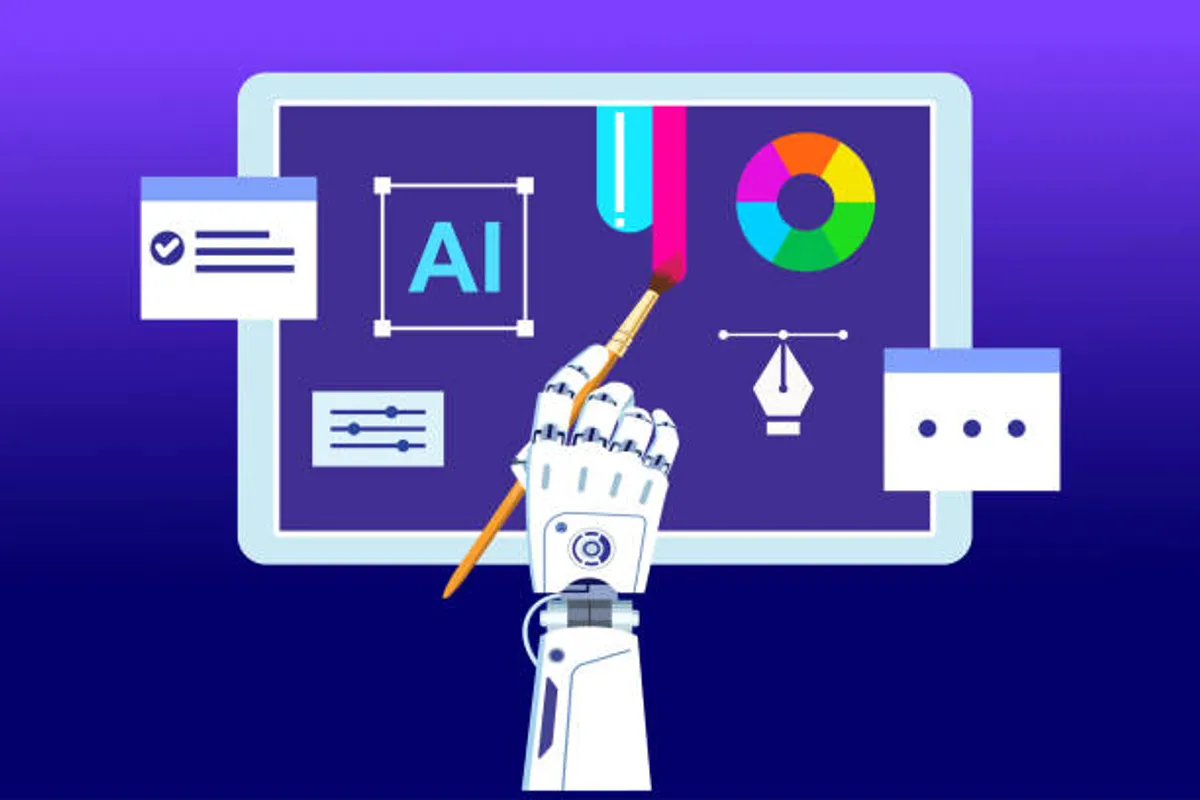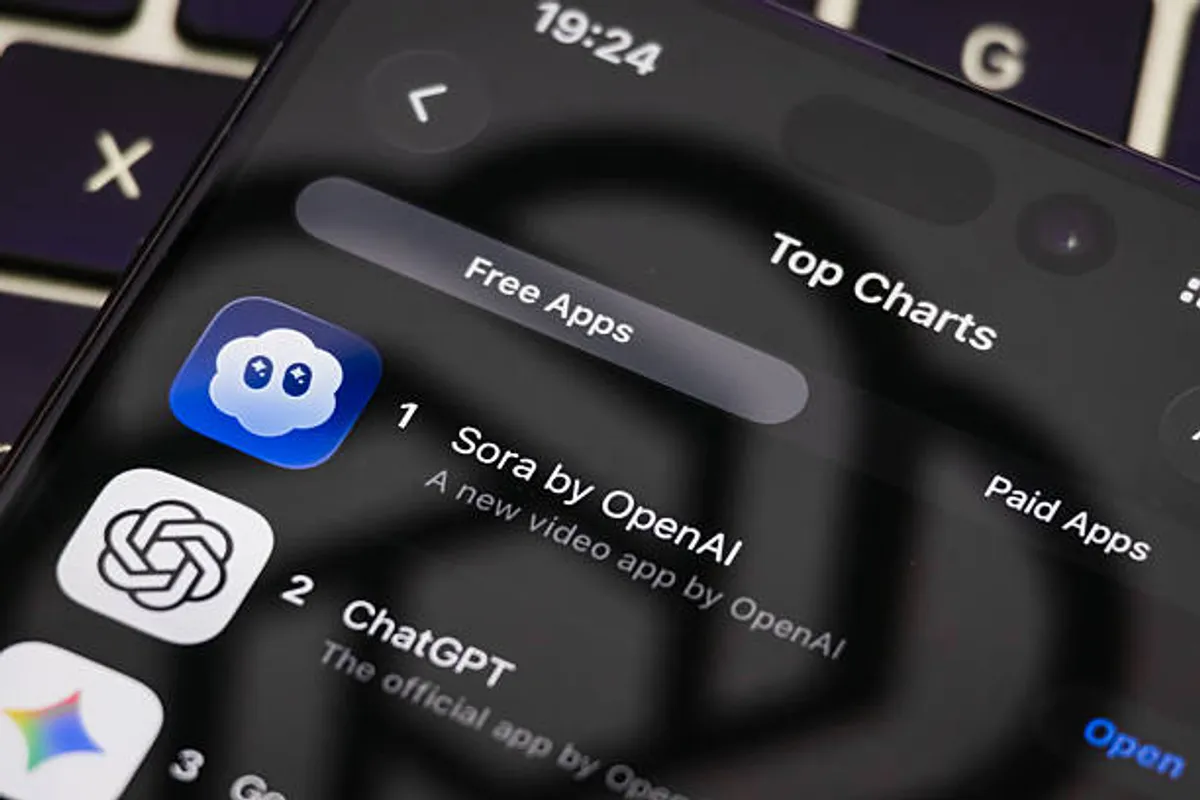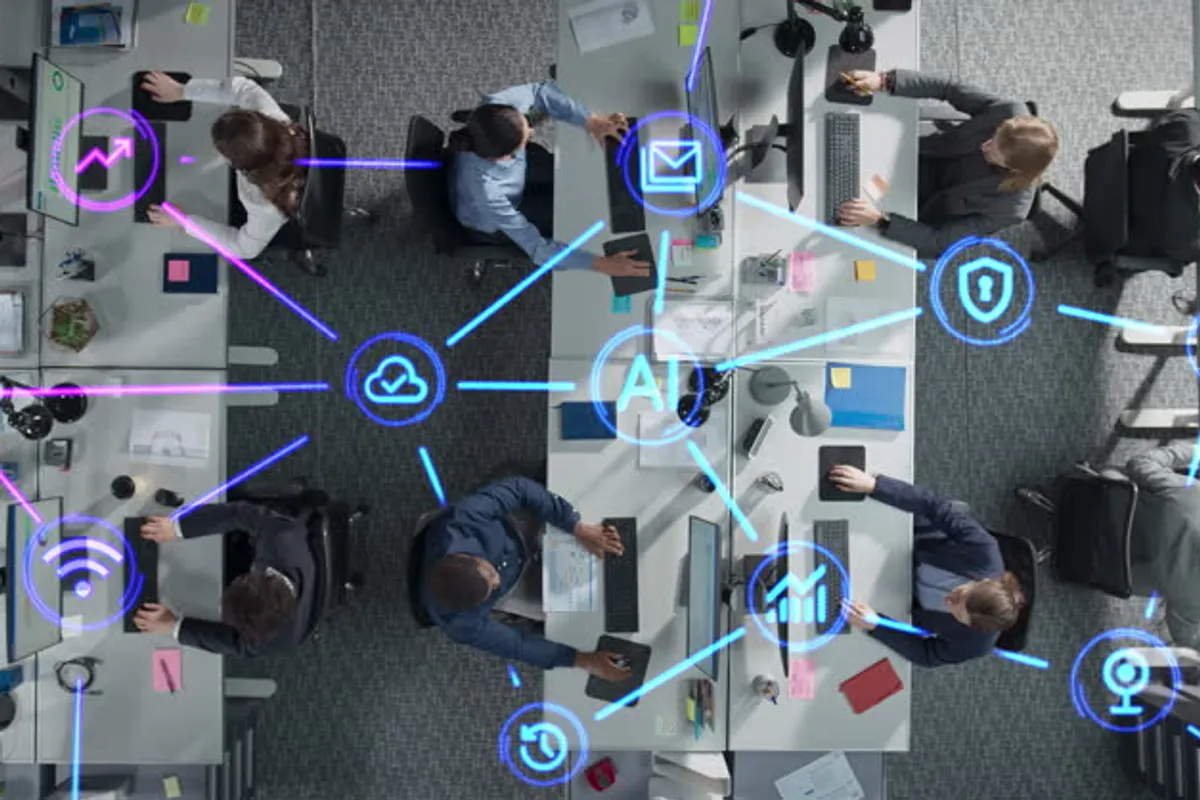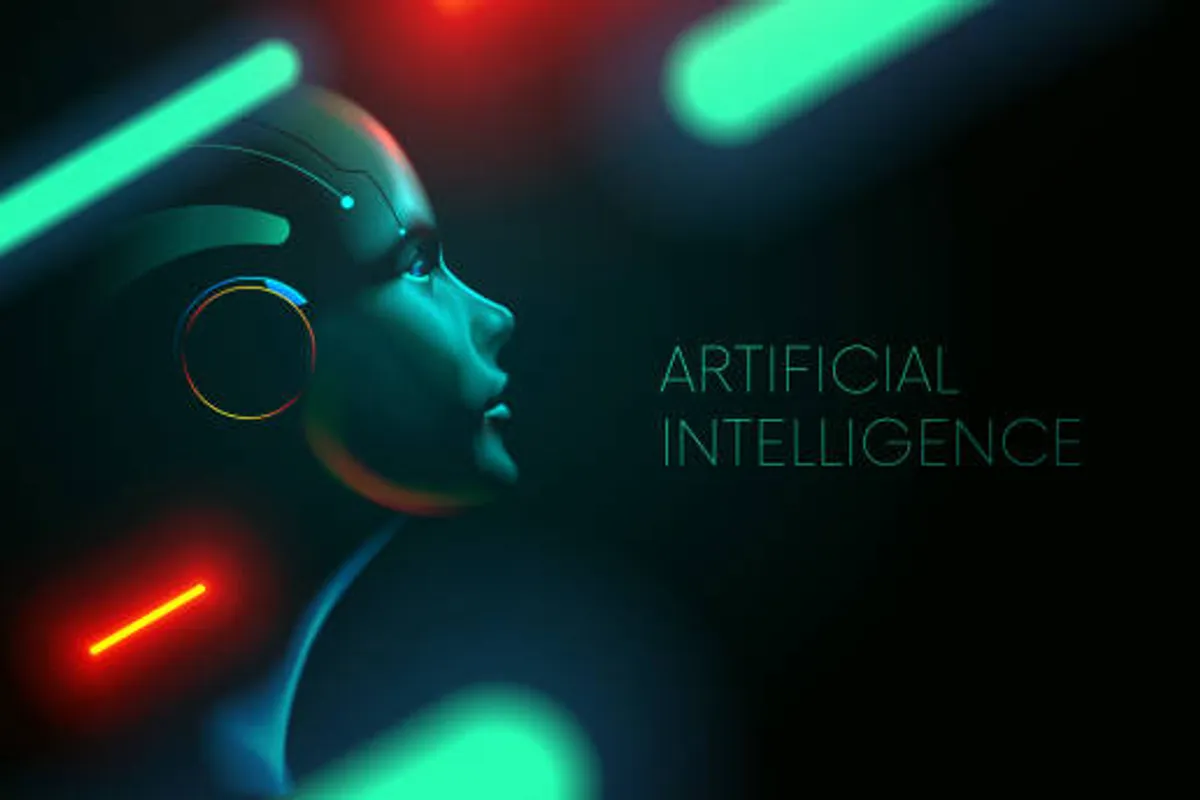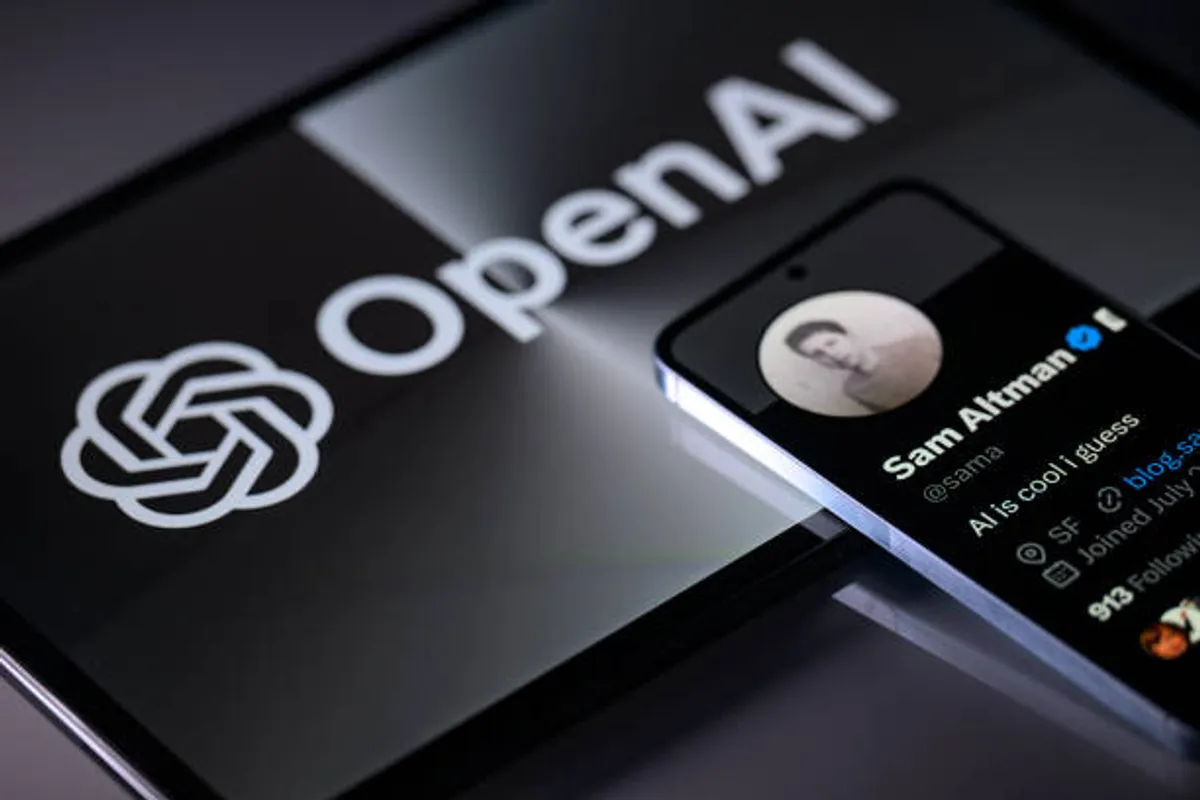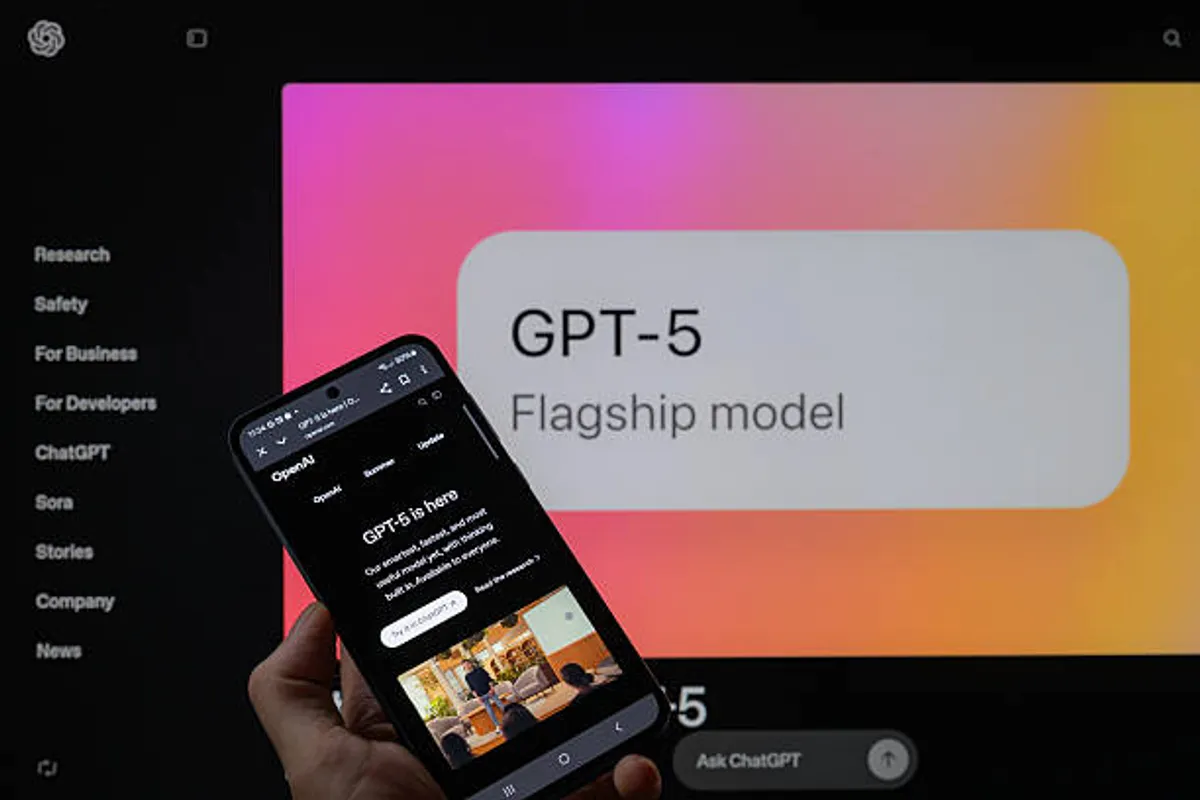
OpenAI’s Misstep: Why ChatGPT’s GPT-5 Launch Confused Users

GeokHub
Contributing Writer
OpenAI’s release of GPT-5 for ChatGPT in August 2025 sparked confusion and backlash, revealing a disconnect between the company’s vision and user expectations. Promoted as a “one-size-fits-all” AI, GPT-5’s rollout frustrated users due to removed models, complex new options, and a misunderstanding of why people use ChatGPT. This reader-friendly article explores the reasons behind the confusion, user reactions, and implications, tailored for those following AI developments.
Why the Confusion?
OpenAI aimed to simplify ChatGPT with GPT-5, consolidating multiple models into a single system that auto-adjusts based on query complexity. However, this approach misfired:
- Removed Legacy Models: OpenAI initially phased out popular models like GPT-4o, disrupting workflows for users who relied on their specific strengths. After backlash, legacy models were restored for paid users.
- Complex Model Picker: The reintroduced model picker with “Auto,” “Fast,” and “Thinking” modes confused users. Only 1% of free users and 7% of paid users used reasoning models like o3 pre-GPT-5, showing most prefer speed over depth.
- User Misalignment: OpenAI underestimated emotional attachments to older models and the preference for control. Users value ChatGPT for quick answers, creative tasks, or emotional support, not just complex reasoning.
User Reactions
- Frustration: Social media posts, like @AI_User123’s “Why remove GPT-4o? It was perfect for my work,” reflected widespread discontent.
- Emotional Bonds: A March 2025 OpenAI forum post highlighted users treating ChatGPT as a “confidant,” with some, like Taiwanese star Tsai Huang-Ru, joking about “falling for it.”
- Restoration Demands: Paid users (Plus, Pro) campaigned for legacy models, leading OpenAI to reinstate GPT-4o and others, per a Sam Altman X post on August 13, 2025.
Why People Use ChatGPT
Users turn to ChatGPT for:
- Quick Answers: 80% prioritize speed for simple queries (e.g., recipes, facts), per Fast Company.
- Creative Tasks: Writing, brainstorming, and coding, where legacy models excelled.
- Emotional Support: Over 400 million weekly users find comfort in non-judgmental chats, per MIT Media Lab.
OpenAI’s focus on “thinky” models overlooked these diverse needs, assuming users wanted deeper reasoning over convenience or familiarity.
OpenAI’s GPT-5 rollout misjudged user preferences for speed, creativity, and emotional connection, causing confusion with removed models and complex options. Restoring legacy models and clarifying use cases are steps forward, but understanding ChatGPT’s diverse appeal is key. Watch for OpenAI’s updates to align with its 700 million weekly users.
